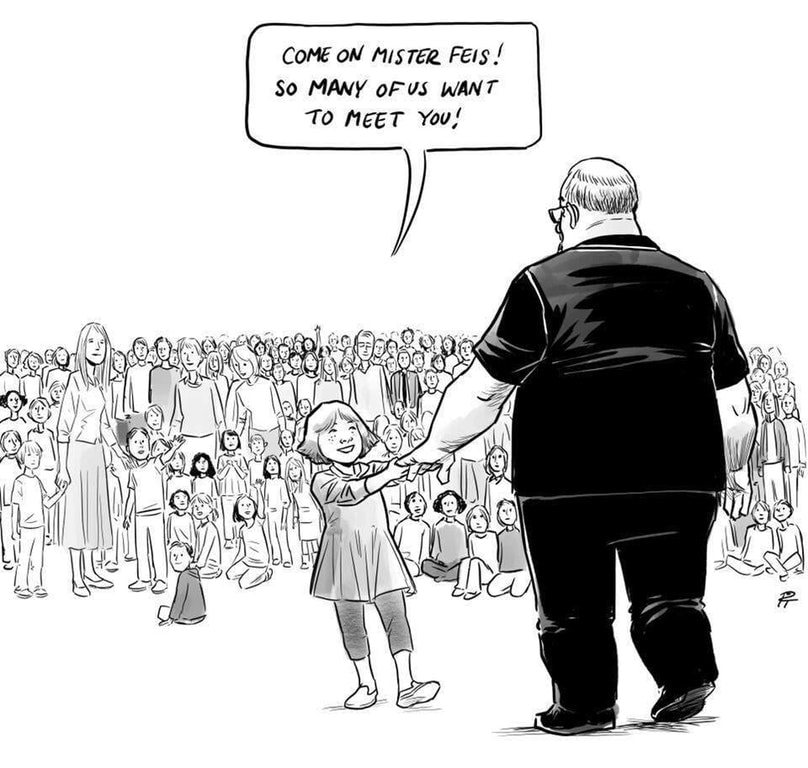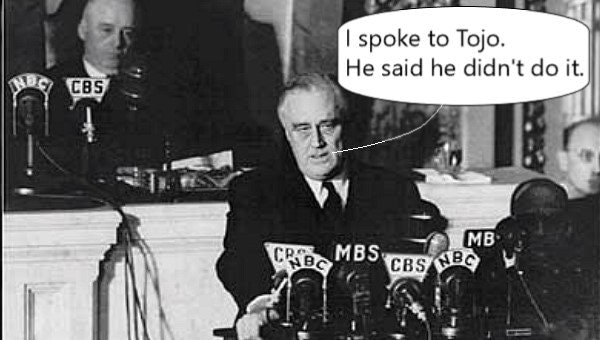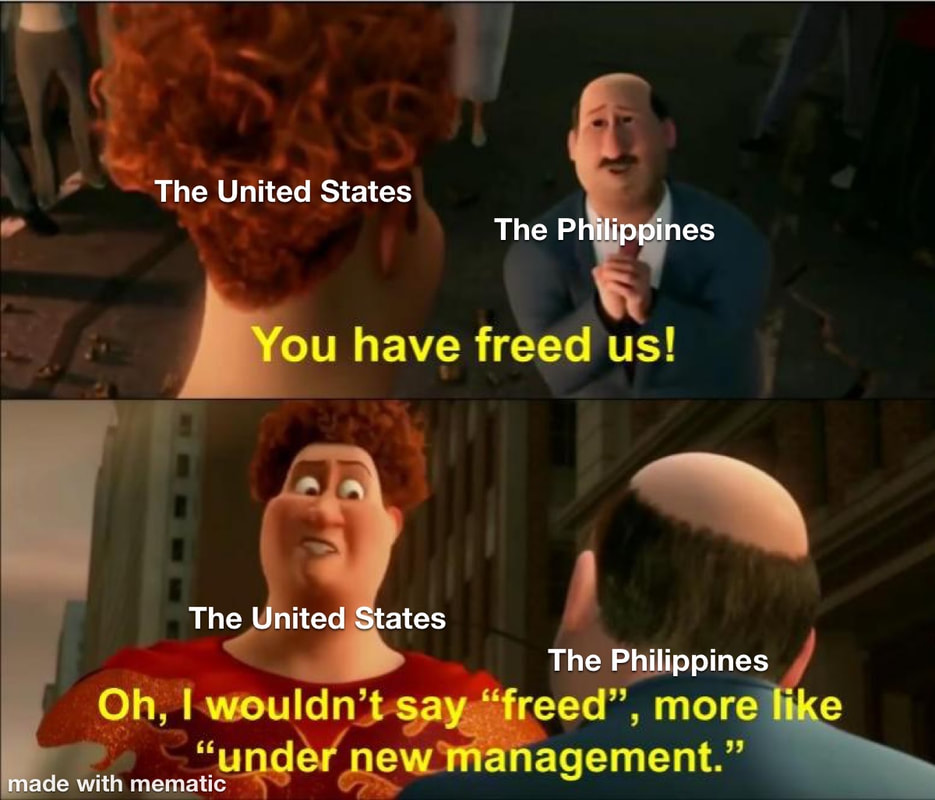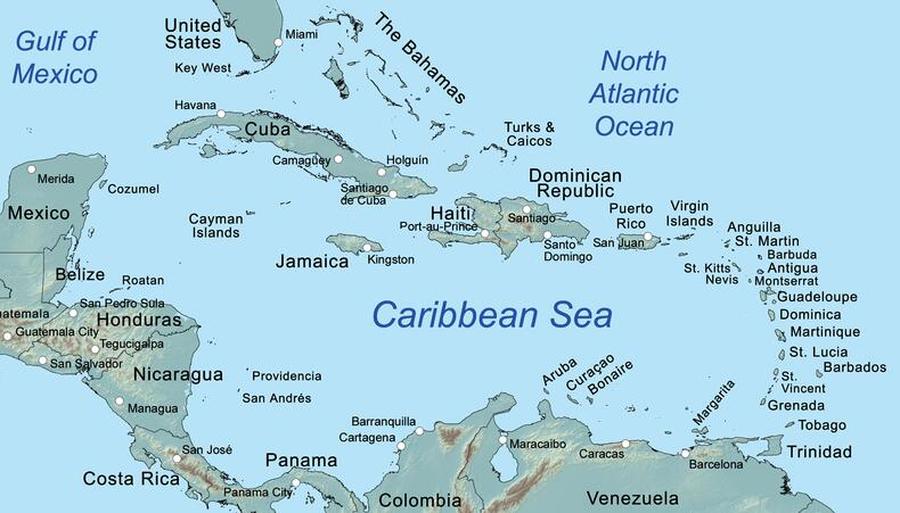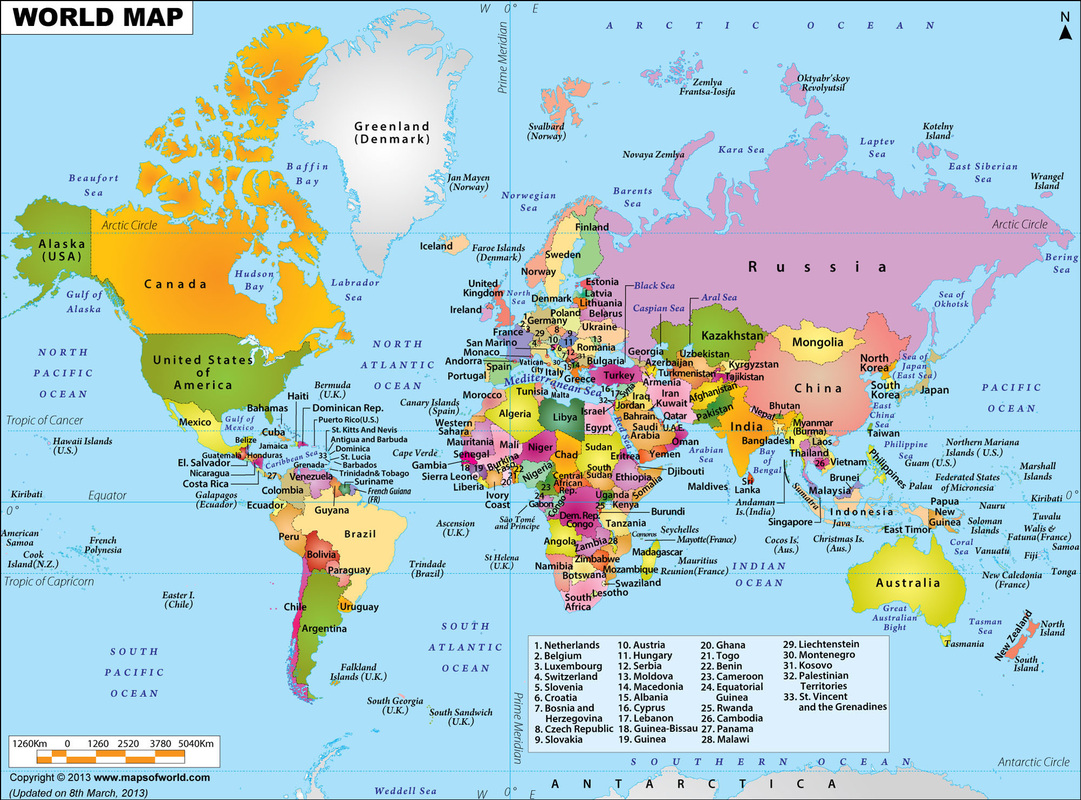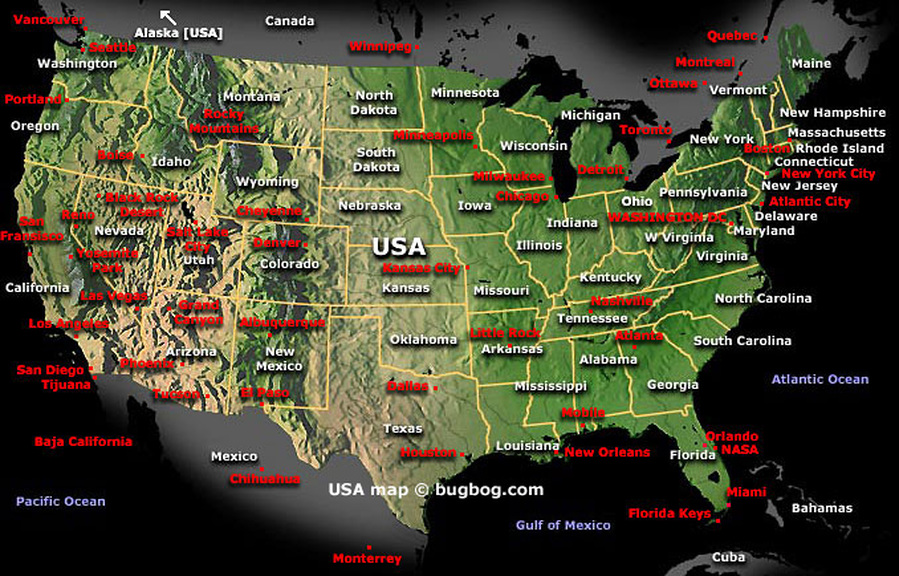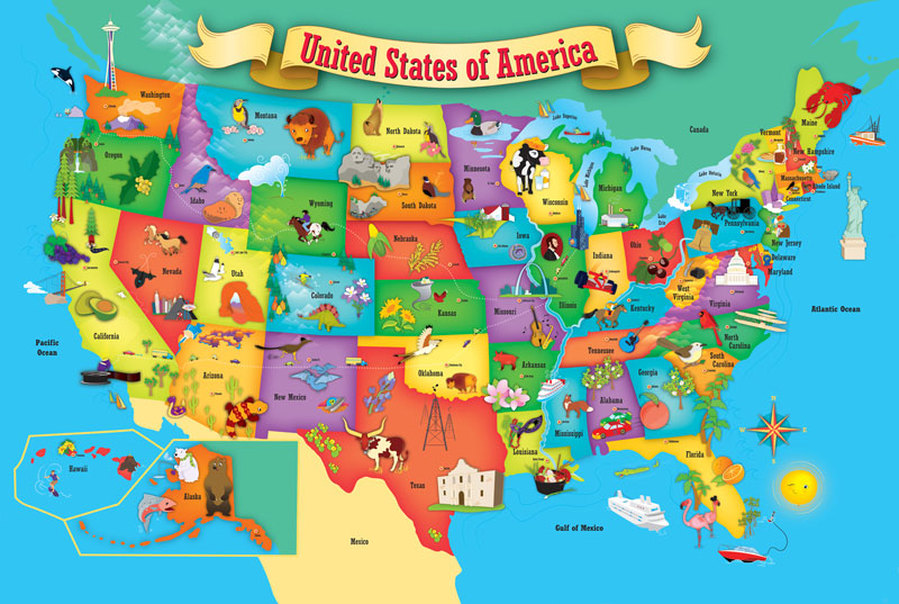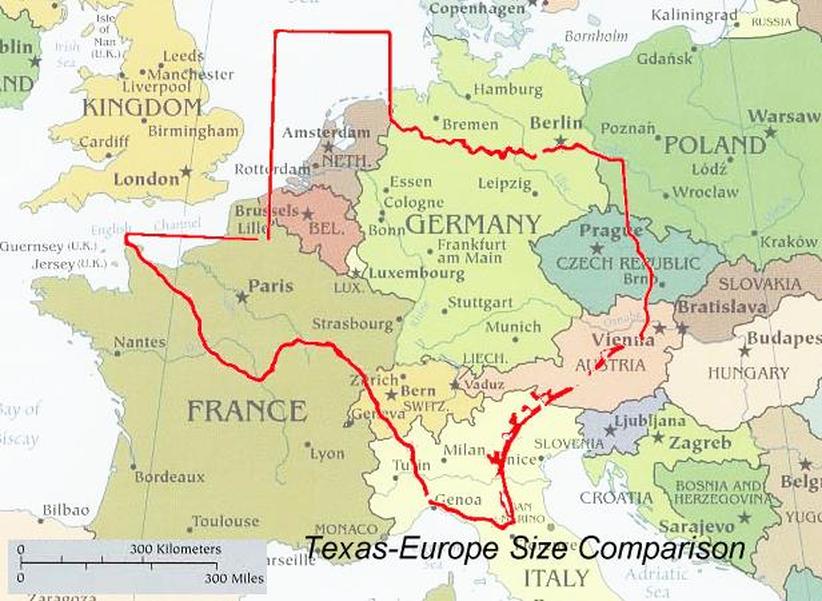UNIT 7 OUTLINE
|
UNIT 7 HOMEWORKPRIMARY SOURCE READINGSHIPPOS- 8 Total
QuizizzName (period)
Deadline: Mar 12, 2024, 11:45 PM ProjectsProject #1
WWI Propaganda Posters/Political Cartoon Presentations: 1) Re-Draw your Propaganda Poster and Present to the class in less than 1 minute the big idea of the poster. (Join, Support, Finance) If you have a Political Cartoon, make sure you look it up and can explain all the finer details. Analysis! Due: 2/27/22 You are not confined to the piece of paper below. Project #2 Modern Day Political Cartoon/Propaganda Poster & Explanation. 2) Create a political cartoon that would be relevant to today's generation. Include an explanation of why you chose it. Ask yourself, is this wall-worthy? These will be posted & shared on the whiteboard and possibly social media. Is it school appropriate? 1. You are the one creating this political cartoon, not ChatGPT or anyone else. 2. Do not plagiarize. 3. Make sure you have an explanation & make sure your p.c. is in English Presentation Optional. If you don't want to present it, you don't have to. Due: 3/8/22 PERIOD 7 (1890-1945)PERIOD 7: 1890–1945
An increasingly pluralistic United States faced profound domestic and global challenges, debated the proper degree of government activism, and sought to define its international role. Key Concept 7.1: Governmental, political, and social organizations struggled to address the effects of large-scale industrialization, economic uncertainty, & related social changes such as urbanization & mass migration. I. The continued growth and consolidation of large corporations transformed American society and the nation’s economy, promoting urbanization and economic growth, even as business cycle fluctuations became increasingly severe. (WOR-3) (ID-7) (WXT-3) (WXT-5) (POL-3) A. Large corporations came to dominate the U.S. economy as it increasingly focused on the production of consumer goods, driven by new technologies and manufacturing techniques. B. The United States continued its transition from a rural, agricultural society to an urban, industrial one, offering new economic opportunities for women, internal migrants, and international migrants who continued to flock to the United States. C. Even as economic growth continued, episodes of credit and market instability, most critically the Great Depression, led to calls for the creation of a stronger financial regulatory system. II. Progressive reformers responded to economic instability, social inequality, and political corruption by calling for government intervention in the economy, expanded democracy, greater social justice, and conservation of natural resources. (WXT-6) (WXT-7) (WXT-8) (POL-3) (ENV-5) (CUL-5) A. In the late 1890s and the early years of the 20th century, journalists and Progressive reformers — largely urban and middle class, and often female — worked to reform existing social and political institutions at the local, state, and federal levels by creating new organizations aimed at addressing social problems associated with an industrial society. Key Concept 7.1 B. Progressives promoted federal legislation to regulate abuses of the economy and the environment, and many sought to expand democracy. Teachers have flexibility to use examples such as the following: • Clayton Antitrust Act, Florence Kelley, Federal Reserve Bank III. National, state, and local reformers responded to economic upheavals, laissez-faire capitalism, and the Great Depression by transforming the United States into a limited welfare state. (WXT-8) (POL-2) (POL-4) (ID-3) (CUL-5) A. The liberalism of President Franklin Roosevelt’s New Deal drew on earlier progressive ideas and represented a multifaceted approach to both the causes and effects of the Great Depression, using government power to provide relief to the poor, stimulate recovery, and reform the American economy. • National Recovery Administration, Tennessee Valley Authority, Federal Writers’ Project B. Radical, union, and populist movements pushed Roosevelt toward more extensive reforms, even as conservatives in Congress and the Supreme Court sought to limit the New Deal’s scope. • Huey Long, Supreme Court fight C. Although the New Deal did not completely overcome the Depression, it left a legacy of reforms and agencies that endeavored to make society and individuals more secure, and it helped foster a long-term political realignment in which many ethnic groups, African Americans, and working-class communities identified with the Democratic Party. • Social Security Act, Federal Deposit Insurance Corporation (FDIC) Key Concept 7.2: A revolution in communications and transportation technology helped to create a new mass culture and spread “modern” values and ideas, even as cultural conflicts between groups increased under the pressure of migration, world wars, and economic distress. I. New technologies led to social transformations that improved the standard of living for many while contributing to increased political and cultural conflicts. (ID-6) (ID-8) (WXT-3) (WXT-5) (CUL-3) (CUL-6) (CUL-7) A. New technologies contributed to improved standards of living, greater personal mobility, and better communications systems. Teachers have flexibility to use examples such as the following: • radio, motion pictures, automobiles B. Technological change, modernization, and changing demographics led to increased political and cultural conflict on several fronts: tradition versus innovation, urban versus rural, fundamentalist Christianity versus scientific modernism, management versus labor, native-born versus new immigrants, white versus black, and idealism versus disillusionment. C. The rise of an urban, industrial society encouraged the development of a variety of cultural expressions for migrant, regional, and African American artists (expressed most notably in the Harlem Renaissance movement); it also contributed to national culture by making shared experiences more possible through art, cinema, and the mass media. • Yiddish theater, jazz, Edward Hopper II. The global ramifications of World War I and wartime patriotism and xenophobia, combined with social tensions created by increased international migration, resulted in legislation restricting immigration from Asia and from southern and eastern Europe. (ID-6) (WOR-4) (PEO-2) (PEO-6) (PEO-7) (POL-7) (WXT-6) A. World War I created a repressive atmosphere for civil liberties, resulting in official restrictions on freedom of speech. Key Concept 7.3 B. As labor strikes and racial strife disrupted society, the immediate postwar period witnessed the first “Red Scare,” which legitimized attacks on radicals and immigrants. C. Several acts of Congress established highly restrictive immigration quotas, while national policies continued to permit unrestricted immigration from nations in the Western Hemisphere, especially Mexico, in order to guarantee an inexpensive supply of labor. III. Economic dislocations, social pressures, and the economic growth spurred by World Wars I and II led to a greater degree of migration within the United States, as well as migration to the United States from elsewhere in the Western Hemisphere. (ID-6) (ID-8) (PEO-3) (WOR-4) A. Although most African Americans remained in the South despite legalized segregation and racial violence, some began a “Great Migration” out of the South to pursue new economic opportunities offered by World War I. B. Many Americans migrated during the Great Depression, often driven by economic difficulties, and during World Wars I and II, as a result of the need for wartime production labor. C. Many Mexicans, drawn to the United States by economic opportunities, faced ambivalent government policies in the 1930s and 1940s. Teachers have flexibility to use examples such as the following: • Great Depression–era deportations, Bracero program, Luisa Moreno Key Concept 7.3: Global conflicts over resources, territories, and ideologies renewed debates over the nation’s values and its role in the world while simultaneously propelling the United States into a dominant international military, political, cultural, and economic position. I. Many Americans began to advocate overseas expansionism in the late 19th century, leading to new territorial ambitions and acquisitions in the Western Hemisphere and the Pacific. (WOR-6) (WOR-7) (ENV-5) (POL-6) A. The perception in the 1890s that the western frontier was “closed,” economic motives, competition with other European imperialist Key Concept 7.3 ventures of the time, and racial theories all furthered arguments that Americans were destined to expand their culture and norms to others, especially the nonwhite nations of the globe. B. The American victory in the Spanish-American War led to the U.S. acquisition of island territories, an expanded economic and military presence in the Caribbean and Latin America, engagement in a protracted insurrection in the Philippines, and increased involvement in Asia. C. Questions about America’s role in the world generated considerable debate, prompting the development of a wide variety of views and arguments between imperialists and anti-imperialists and, later, interventionists and isolationists. Teachers have flexibility to use examples such as the following: • dollar diplomacy, Mexican intervention II. World War I and its aftermath intensified debates about the nation’s role in the world and how best to achieve national security and pursue American interests. (WOR-4) (WOR-7) (ID-3) (POL-6) A. After initial neutrality in World War I, the nation entered the conflict, departing from the U.S. foreign policy tradition of noninvolvement in European affairs in response to Woodrow Wilson’s call for the defense of humanitarian and democratic principles. B. Although the American Expeditionary Force played a relatively limited role in the war, Wilson was heavily involved in postwar negotiations, resulting in the Treaty of Versailles and the League of Nations, both of which generated substantial debate within the United States. C. In the years following World War I, the United States pursued a unilateral foreign policy that used international investment, peace treaties, and select military intervention to promote a vision of international order, even while maintaining U.S. isolationism, which continued to the late 1930s. Key Concept 7.3 Teachers have flexibility to use examples such as the following: • Washington Naval Conference, Stimson Doctrine, Neutrality Acts III. The involvement of the United States in World War II, while opposed by most Americans prior to the attack on Pearl Harbor, vaulted the United States into global political and military prominence and transformed both American society and the relationship between the United States and the rest of the world. (WOR-4) (WOR-7) (ID-3) (ID-6) (POL-5) A. The mass mobilization of American society to supply troops for the war effort and a workforce on the home front ended the Great Depression and provided opportunities for women and minorities to improve their socioeconomic positions. B. Wartime experiences, such as the internment of Japanese Americans, challenges to civil liberties, debates over race and segregation, and the decision to drop the atomic bomb raised questions about American values. C. The United States and its allies achieved victory over the Axis powers through a combination of factors, including allied political and military cooperation, industrial production, technological and scientific advances, and popular commitment to advancing democratic ideals. • Atlantic Charter, development of sonar, Manhattan Project D. The dominant American role in the Allied victory and postwar peace settlements, combined with the war-ravaged condition of Asia and Europe, allowed the United States to emerge from the war as the most powerful nation on earth. group 7a exam re-takePeriod 2
Group 1- Andrew, Jerry, Alexis Group 2- Jonathan, Hazey, Bailey, Corwin, Group 3- Ishita, Viri, Jackie, Rooke Group 4- Ayush, Hyrum, Jordan, Abhi Group 5- Candace, Aaron, Duenas, Reese, Group 6- Louisa, Max, Leo, Josh Period 4
Group 1- Sage, Devon, Lu, Joshua, Michelle Group 2- Jason, Carlos, Emily, Aiden, Daniel Group 3- Dongfeng, Max, Avyu, Miguel Group 4- Jaideep, Koby, Sam, Prithvi Group 5- Jonathon, Angel, Salvador, Ethan Group 6- Mark, Stanley, Dipika, Aarohi |
"I hate Indians. They are a beastly people with a beastly religion." - Winston Churchill
"This hatred killed. To give just one, major, example, in 1943 a famine broke out in Bengal, caused – as the Nobel Prize-winning economist Amartya Sen has proved – by the imperial policies of the British. Up to 3 million people starved to death while British officials begged Churchill to direct food supplies to the region. He bluntly refused. He raged that it was their own fault for "breeding like rabbits". At other times, he said the plague was "merrily" culling the population."
"This hatred killed. To give just one, major, example, in 1943 a famine broke out in Bengal, caused – as the Nobel Prize-winning economist Amartya Sen has proved – by the imperial policies of the British. Up to 3 million people starved to death while British officials begged Churchill to direct food supplies to the region. He bluntly refused. He raged that it was their own fault for "breeding like rabbits". At other times, he said the plague was "merrily" culling the population."
Group exam re-take rules
1. no cheating, no cell phones, work together & look up info
2. One HWP & use of multiple books encouraged!
|
Period 1
Group 1 Prabhas J Lin Natalia Mia Tarui Group 2 Lauren M Kelly KK Aayan Group 3 Kerry Hrutu Anne Taha Group 4 Lauren K Ella AJ Samai Group 5 Michael Z Sarah Lee AROD Amanda Group 6 Kenny Sky Berlyn Weinrich |
Period 2
Group 1 Mark Erik Kaylee Jasmine Reachiny Group 2 Miles Bardales Maleah Jaidyn Gigi Group 3 Tyler Dmitri Manny Casey Group 4 Nick Ivan Alejandro Hailey Group 5 Prerana Zadekian Deja Fiona Group 6 Hebe Jacklynn Marvin Jazz |
Period 3
Group 1 Gabby Jake Starr Chumacero Kai Camarena Group 2 Ethan K Jonah Ricardo Nadelyn Kristen Group 3 Chloe Rein Ronnie Vanessa Victor Group 4 Bryson Codi Brett Howard Amy Group 5 Ning Irene Fudge Natalie Om Group 6 Kevin Ethan S Blake Zach Seabass |
